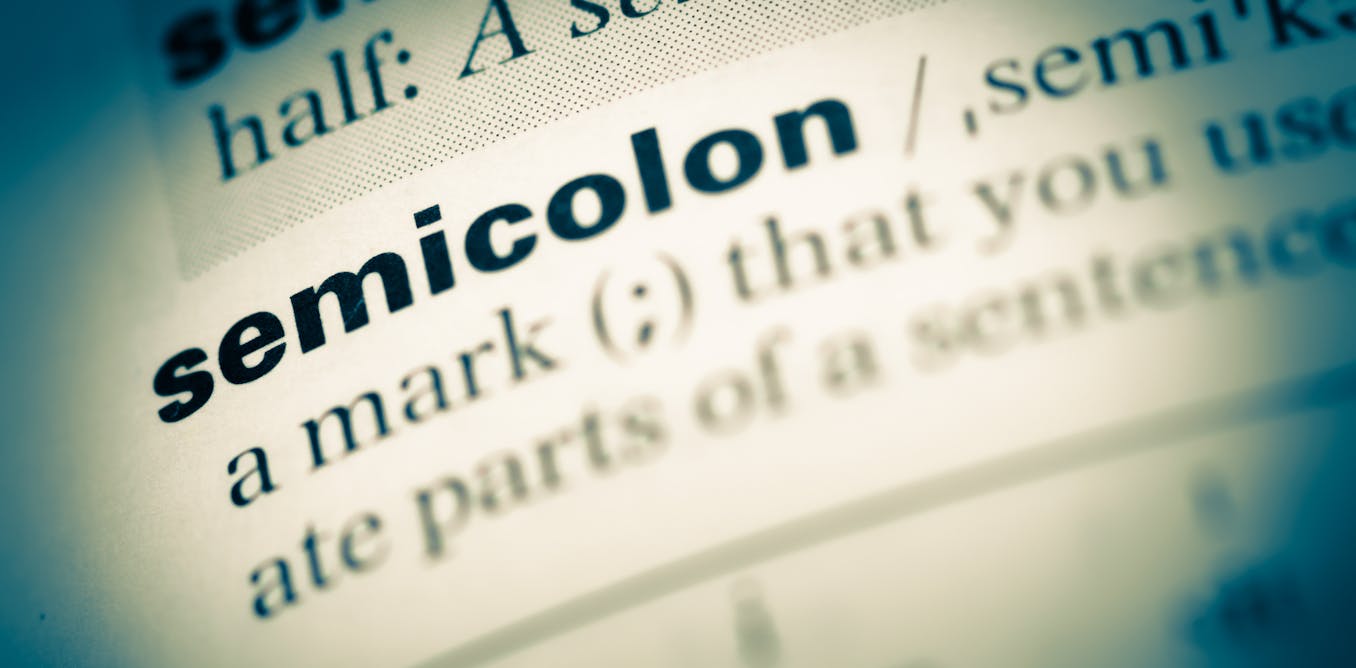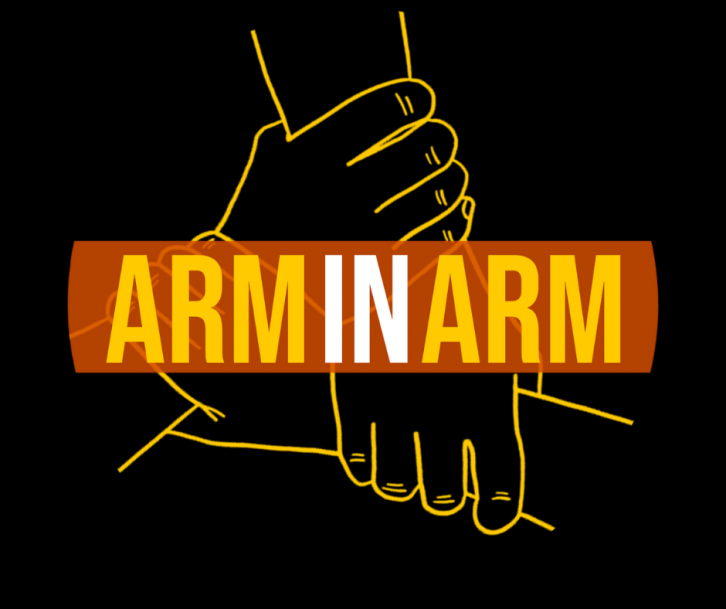Now Reading: Semicolons are becoming increasingly rare; their disappearance should be resisted
-
01
Semicolons are becoming increasingly rare; their disappearance should be resisted
Semicolons are becoming increasingly rare; their disappearance should be resisted

A recent study has revealed a 50% decrease in semicolon usage over the past twenty years, further continuing a long-standing trend.
In 1781, British literature featured a semicolon approximately every 90 words; by 2000, this frequency dropped to one semicolon per 205 words. Presently, there is only one semicolon for every 390 words.
Additional research indicated that 67% of British students seldom or never utilize semicolons, with over 50% unfamiliar with their proper use. Only 11% of respondents identified themselves as frequent users.
These findings may not be conclusive. As per the Guardian and the Google Books Ngram Viewer database, which examines novels and nonfiction, semicolon usage in English surged by 388% between 1800 and 2006, before declining by 45% in the subsequent 11 years. However, from 2017 onwards, there has been a gradual resurgence, with a 27% increase by 2022.
Despite its long history, the semicolon has faced criticism. Some view it as a symbol of pretentiousness and elitism. Authors like Kurt Vonnegut and James Kilpatrick have harshly criticized its usage. Nevertheless, there are staunch supporters of the semicolon, such as Virginia Woolf, Salman Rushdie, and John Updike.
The semicolon serves two primary functions: to link independent clauses closely and to clarify complex lists. Proponents argue that it adds balance and elegance to written prose, with some claiming its usage is essential for conveying nuanced meanings.
In conclusion, while the semicolon has received both praise and condemnation, its role in literature and writing continues to spark debate.





